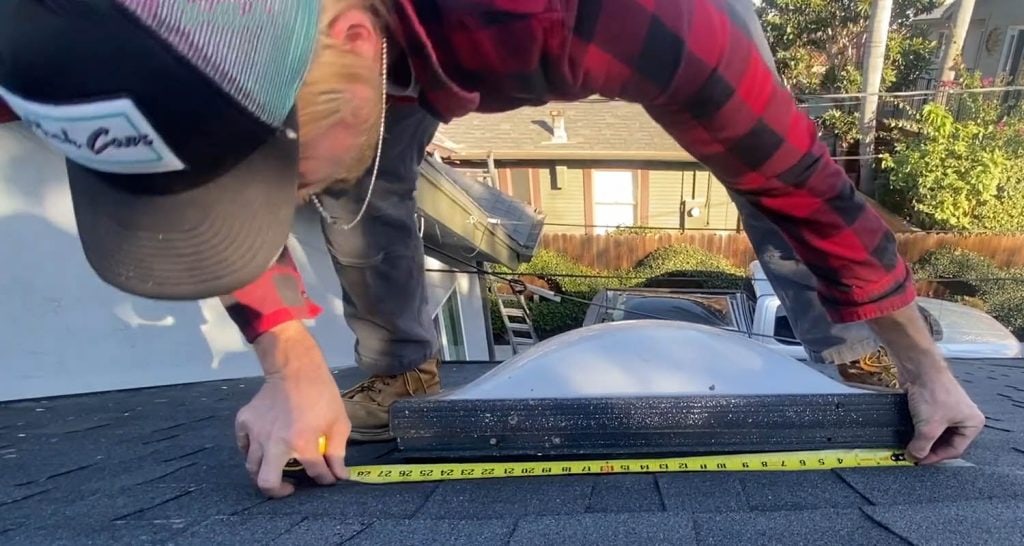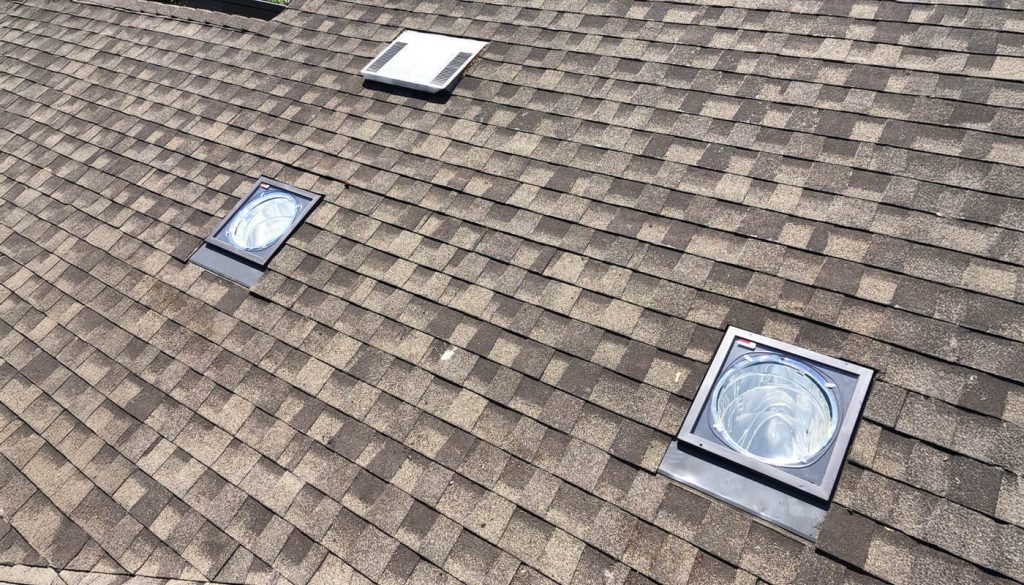No products in the cart.

Home » Glass Canopies for Commercial Buildings
Glass Canopies for Commercial Buildings
Glass canopies for commercial buildings serve as a modern architectural feature that combines style with functionality. These structures, typically mounted over entrances, walkways, or outdoor areas, offer protection from the elements while allowing natural light to permeate the space below. The evolution of canopy design has seen a significant shift towards using glass, a material prized for its aesthetic appeal and practical benefits. Glass canopies for commercial buildings not only enhance the visual appeal of a structure but also contribute to its energy efficiency by maximizing daylight use. As we delve deeper into the significance of glass canopies, it becomes clear why they have become a staple in contemporary commercial architecture.
Benefits of Glass Canopies for Commercial Buildings
Glass canopies for commercial buildings are more than just an architectural statement; they offer a multitude of benefits. Firstly, they enhance natural light, creating inviting interiors and reducing the need for artificial lighting, which can lead to significant energy savings. The aesthetic appeal of glass canopies cannot be overstated; they add a modern, sophisticated look to buildings, making them stand out.
Furthermore, glass is renowned for its durability and ease of maintenance, ensuring that canopies remain a practical and beautiful addition for years. By integrating glass canopies, commercial buildings can achieve a balance between functionality and design elegance, making them a preferred choice for architects and property owners alike.

Types of Glass Canopies
Glass canopies for commercial buildings come in various types, each offering unique benefits and aesthetic appeals.
- Polycarbonate Canopies: Known for their lightweight and impact resistance, polycarbonate canopies are ideal for areas requiring durability without sacrificing light transmission.
- Tempered Glass Canopies: Offering a blend of strength and safety, tempered glass canopies provide a clear, unobstructed view while ensuring high levels of safety and resistance to thermal stress.
- Laminated Glass Canopies: These canopies are renowned for their safety and UV protection. The lamination process binds two pieces of glass with a protective layer in between, making them highly resistant to breakage and providing effective UV filtration.
Each type serves different architectural needs and preferences, from enhancing natural light to ensuring safety and durability in various weather conditions.
Applications for Commercial Canopies
Exploring case studies reveals the transformative impact of glass canopies on commercial buildings across various sectors.
- Healthcare Facilities: Glass canopies have been instrumental in creating serene, light-filled entrances for hospitals and clinics, enhancing the wellbeing of patients and visitors.
- Educational Institutions: Schools and universities have utilized glass canopies to provide sheltered outdoor spaces, promoting an open and inviting campus atmosphere.
- Retail Environments: For shopping centers, glass canopies offer an elegant transition from outdoor to indoor spaces, improving the shopping experience while highlighting architectural features.
Design Considerations and Installation
Designing and installing glass canopies for commercial buildings involves careful planning to ensure they not only look appealing but are also functional and durable.
- Structural Requirements: It’s crucial to assess the building’s structure to support the canopy. This includes understanding load requirements, especially in areas prone to heavy snow or high winds.
- Weather Resistance: Canopies should be designed to withstand local weather conditions, utilizing materials and coatings that offer protection against UV rays, rain, and temperature fluctuations.
- Architectural Integration: A canopy should complement the building’s existing architecture. This involves selecting the right style, size, and materials that enhance the building’s aesthetic while fulfilling its intended purpose.
- Installation Process: Professional installation ensures that the canopy is securely attached and sealed, preventing leaks and structural issues. It often involves coordination with architects and builders to integrate the canopy smoothly with the building’s design.

Glass Canopy Maintenance
Maintenance and Upkeep
Maintaining glass canopies ensures their longevity and aesthetic appeal. Regular cleaning is crucial to remove dirt and debris, which can accumulate and obscure the glass’s transparency over time. It’s also important to inspect the canopy’s structure periodically for signs of wear or damage, particularly after severe weather events. Addressing minor issues promptly can prevent more significant problems later. Additionally, ensuring that drainage systems are clear and functional is vital to avoid water accumulation, which could lead to structural issues or leaks.
VELUX Horizon Series: C Series Commercial Glass Canopies
The VELUX Horizon C Series Canopies are designed with a focus on versatility and aesthetics, ideal for a variety of commercial applications. They offer enhanced daylighting and weather protection, fitting seamlessly into modern architectural designs. The C Series emphasizes customization options to meet specific project needs, making it a flexible solution for enhancing commercial spaces.
VELUX Horizon Series: M Series Commercial Glass Canopies
The M Series Canopies from the VELUX Horizon line stand out for their modular design, allowing for easy integration into diverse architectural styles. These canopies are engineered for efficiency, providing effective sun shading and rain protection while maintaining a sleek, contemporary appearance. The M Series is particularly noted for its scalability, enabling architects and designers to create cohesive outdoor covered areas of varying sizes.
Share This Article:
How to Measure for a VELUX Curb Mounted Skylight Replacement
If you’re getting ready to replace an old skylight, taking the right measurements is the first and most important step. Ordering the wrong size can lead to leaks, air gaps,
VELUX Solar Venting Skylight Unboxing & Installation (Model VCS 2222)
Unboxing the VELUX VCS 2222 Solar Venting Skylight If you’ve been thinking about adding natural light and fresh air to your home, the VELUX VCS Solar Venting Skylight is one
5 Creative Ways Homeowners Are Using VELUX Sun Tunnel® Skylights
Natural light is one of the most desirable features in any home. It makes spaces feel larger, improves mood, and even helps reduce energy costs by cutting back on artificial
How To Use Skylights To Open Up Small Living Spaces
Small living spaces can feel cramped and confined. However, skylights offer a powerful solution to this challenge. By enhancing natural light and creating vertical interest, skylights can make a small
Common Skylight Installation Mistakes
In this article, we’ll go over common skylight installation mistakes and how to avoid costly errors. Skylights can transform any space by adding natural light and enhancing aesthetic appeal. However,
How to Insulate Skylights for Winter
In this article, How to Insulate Skylights for Winter, we’ll explore various insulation methods to help you maintain a cozy indoor environment. When winter arrives, keeping your home warm becomes






